COVID-19 not yet gone, travel safe in the year-end holidays!
There’s no shortcut to beat this new health risk again challenging our social mobility in the time of year-end holidays
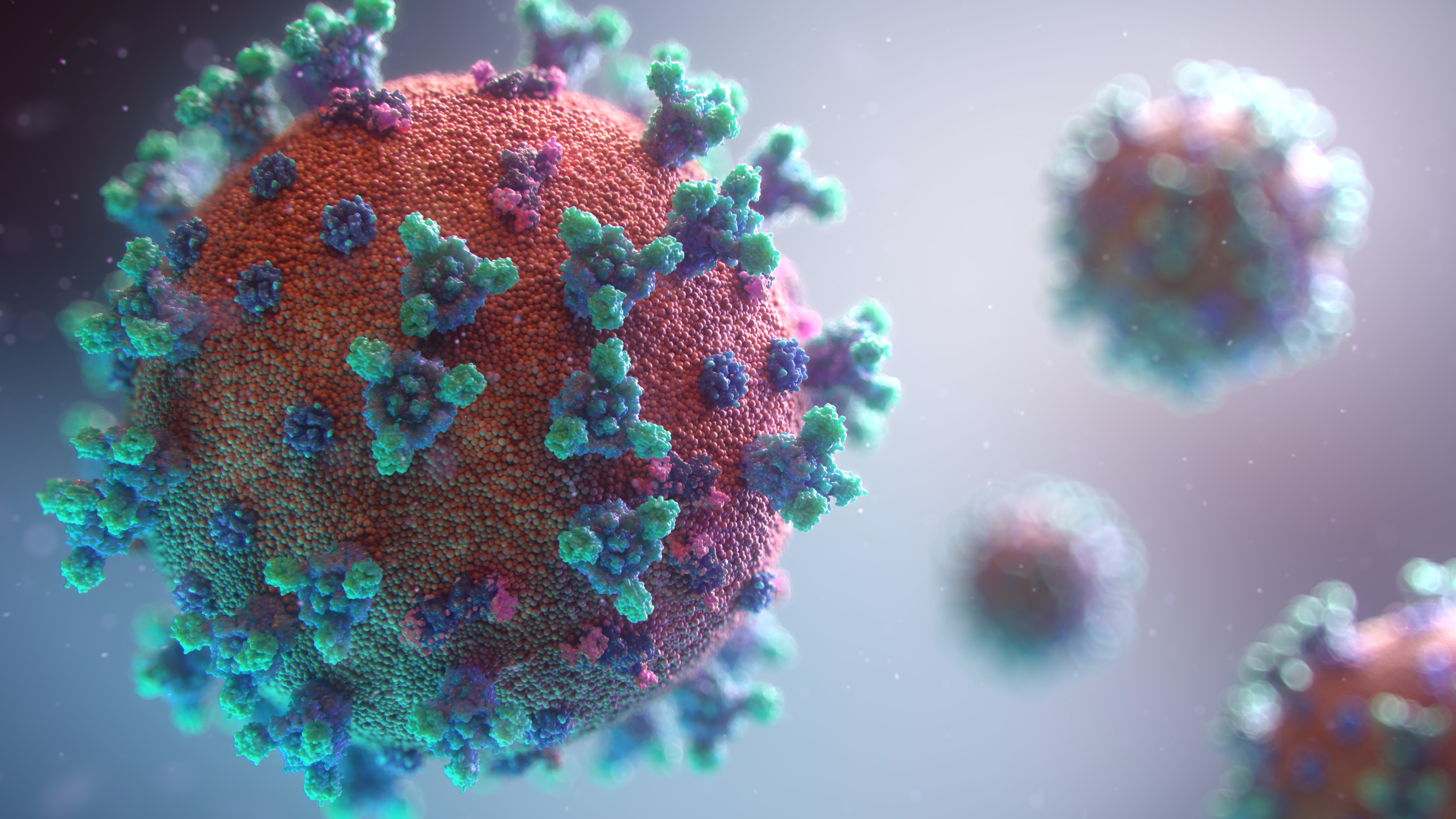 Representative Image / Unsplash
Representative Image / Unsplash
On May 5, 2023, the World Health Organization (WHO) declared that the global Public Health Emergency (PHE) for COVID-19 was over. Soon after on May 11, 2023, the United States federal government also declared the same. But is that the case? Is COVID-19 gone?
Unfortunately, that is not the case. Still, there are millions of cases reported each month with thousands hospitalized and thousands dying around the world. Recently, there has been a surge of the JN.1 variant of coronavirus in the United States and many parts of the world.
As per the latest report in the New York Times, health scientists have also been closely watching JN.1 and its parent variant, called BA.2.86. The spread of JN.1 has rapidly increased, says the WHO adding, that by late December, the variant accounted for over 20 percent of cases in the United States, while BA.2.86 accounted for just 1.6 percent. In the Northeast, the cases are even higher to the tune of 57 percent.
While its symptoms are not any worse than previous strains and the booster of the new COVID-19 vaccine does seem to provide some immunity still many people have not yet taken the new vaccine. People should be encouraged to take the vaccine booster.
Not to forget, the clarity over the current status of long COVID-19 risk looms over America. Although the long COVID risk threat fell from 7.5 percent to 6 percent in the American population, it is not over yet. According to research published in media and academic health journals, there has been no significant progress in understanding its causes, prevention, or treatment.
Long Covid still looms as a health risk amidst the occasional threats of new virus variants emerging at regular intervals. It has baffled all — patients, support groups, clinicians, researchers, and health care systems — who are more frustrated with the lack of meaningful progress in research and patient care in long COVID-19 risks.
So, what else should we do? Once again, voluntarily wearing masks in crowded places is warranted. While policies may not be in place, educational measures can go a long way in this regard. Educational programs can underscore messages regarding the advantages of mask-wearing, such as decreased chances of acquiring COVID-19 and other respiratory infections (with flu and RSV also being rampant these days), having better health, protecting family and friends, not having to miss work or school, and other such possible advantages.
At the same time, myths and potential disadvantages to mask-wearing must be dispelled in educational programs. A common disadvantage expressed is that of inconvenience, which can be countered by messages such as, “A short-term inconvenience but a protection of self, family, and friends” or similar phrases. The construct of behavioral confidence from a popular behavioral framework, the multi-theory model of health behavior change, can be built by emphasizing multiple sources giving out messages and having role models that promote mask-wearing behavior, such as celebrities and notable leaders.
Messages about overcoming discomfort for the greater good need to be promoted. Currently, a variety of masks have become easily available, often freely distributed, and affordable by most individuals and hence easy to incorporate into behavior. For sustained mask-wearing behavior change, converting emotions or feelings into goals, self-motivation, and reinforcements from family, friends, and influential others in life such as medical professionals are vital strategies. There is also the need for continued enforcement of policies besides educational approaches.
People have become lax about handwashing. Messages and educational programs should once again reinforce this important and easy preventive tool. Handwashing removes microbes from the hands and prevents their transfer through different channels, such as foods, beverages, and inanimate objects. The Centers for Disease Control and Prevention (CDC) recommends scrubbing hands thoroughly with soap and water for at least 20 seconds under running water and drying hands with a clean towel or air drying for effective hand cleaning.
The CDC encourages the public to wash their hands at a minimum during the following circumstances: (1) after being in public; (2) after blowing their nose, sneezing, or coughing; (3) before and after providing care for someone who is sick; (4) before, during, and after food preparation; (5) before eating food; (6) after using the toilet; (7) after touching an animal; and (8) after touching garbage. Very few people adhere to these guidelines, which is a matter of concern.
Applying effective messaging like “Handwashing is cool,” “Handwashing makes hands smell good,” and “Handwashing makes you attractive” must be pushed strongly across media platforms, particularly on social media, to promote these messages. Time to relearn the lessons of the COVID-19 pandemic we followed stringently in 2020-2022 as there’s no shortcut to beat this new health risk again challenging our social mobility in the time of year-end holidays.
Prof. Manoj Sharma is Chair of the Social and Behavioral Health Department at the University of Nevada, Las Vegas. Maneesh Pandeya is a Fulbright Professor and Ph.D. Scholar at Howard University in Washington DC.
ADVERTISEMENT
ADVERTISEMENT
E Paper
Video




 Dr. Manoj Sharma
Dr. Manoj Sharma1750365196.png) Maneesh Pandeya
Maneesh Pandeya
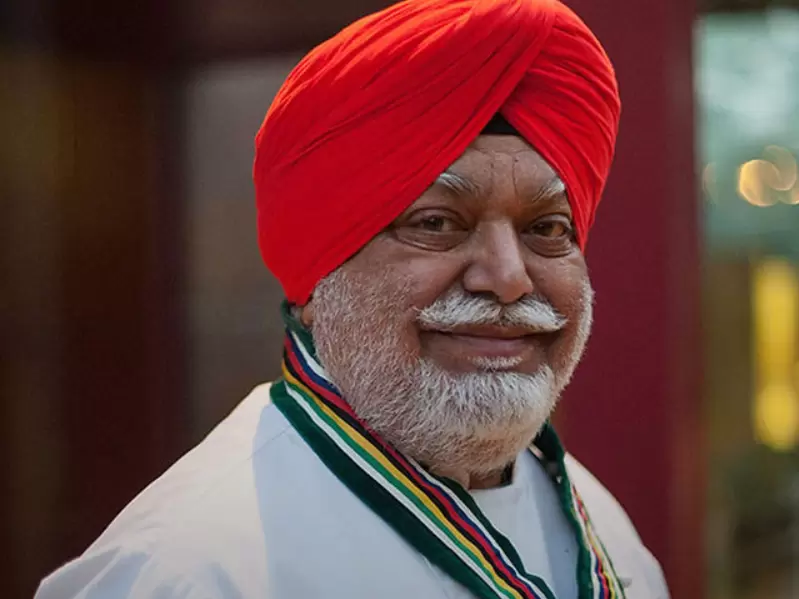
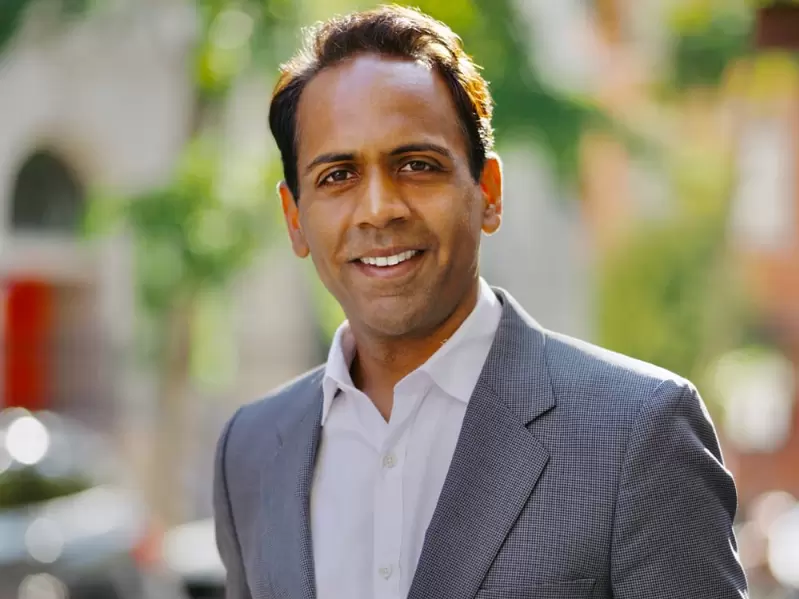
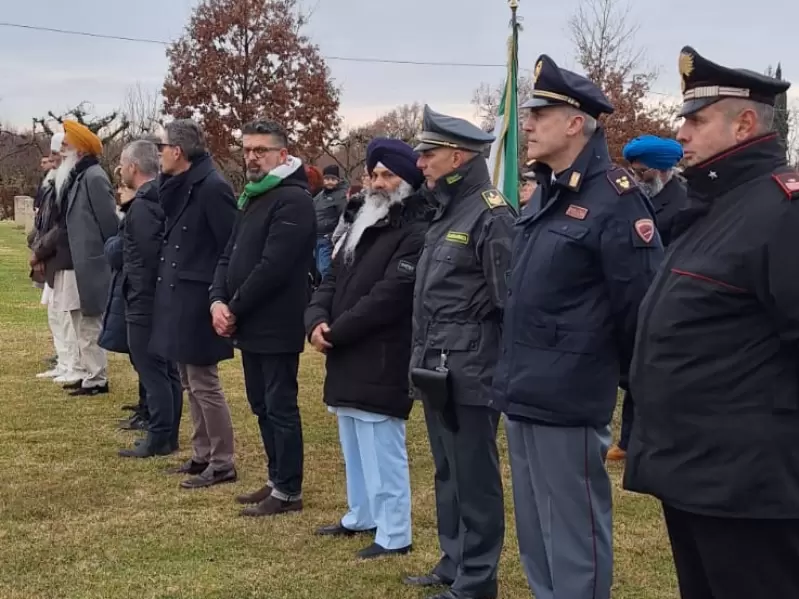
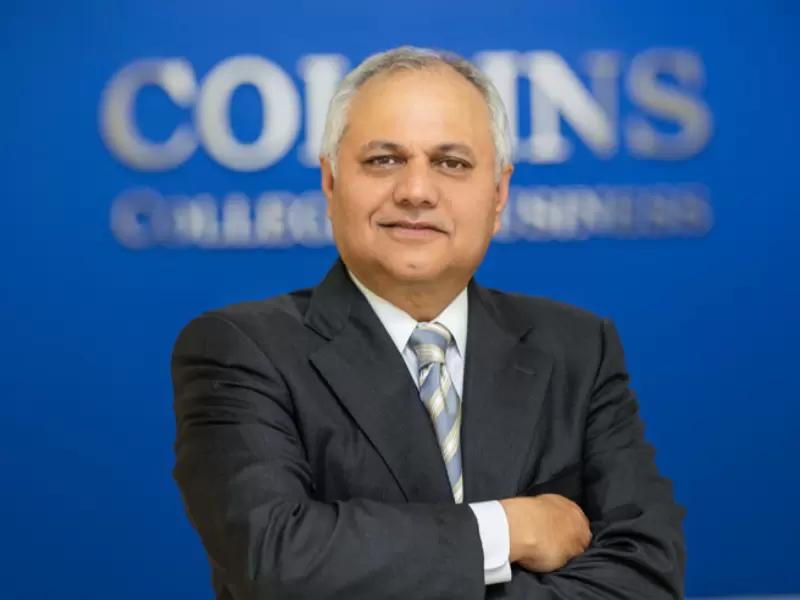


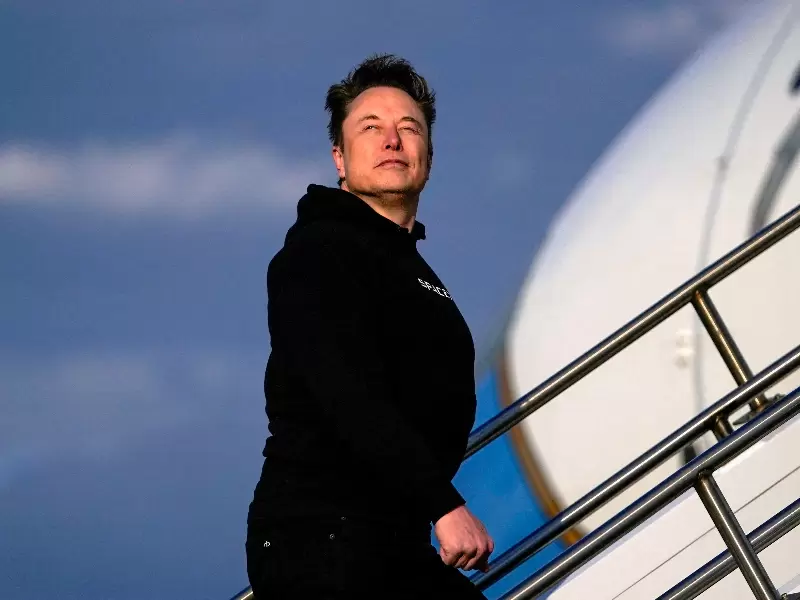
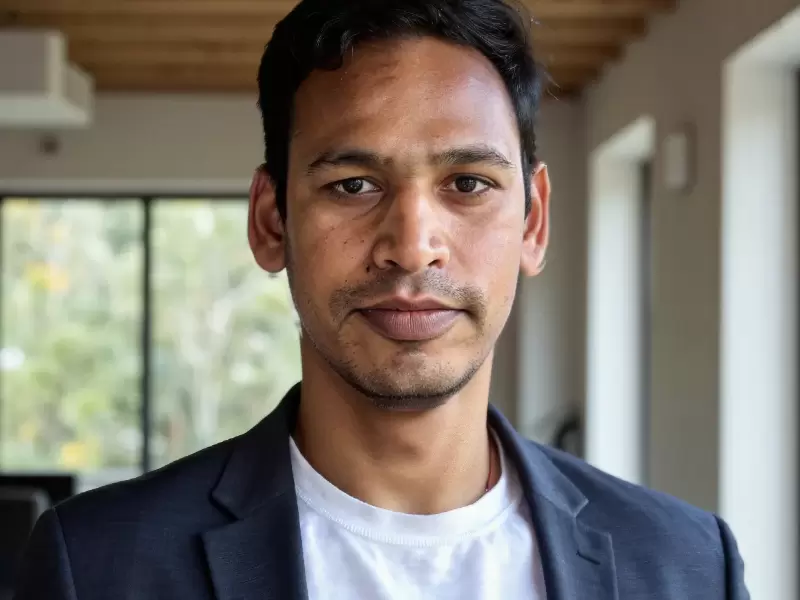
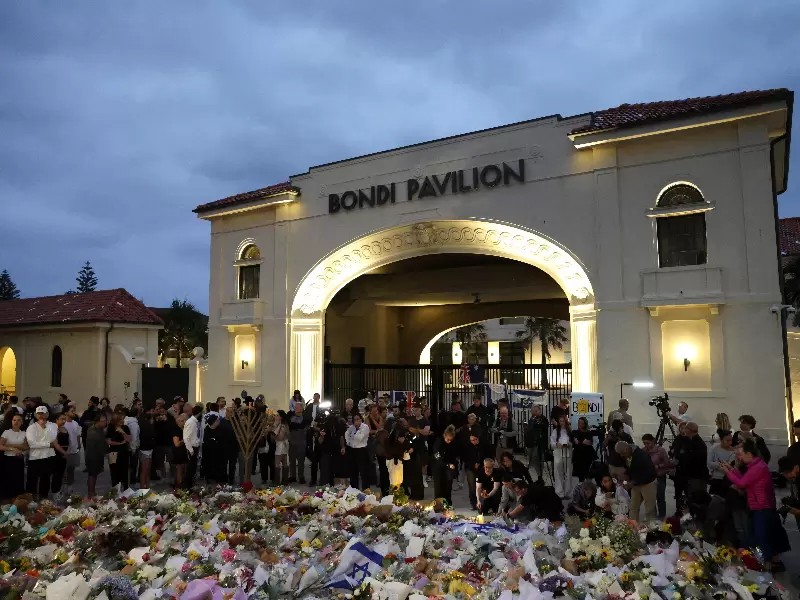
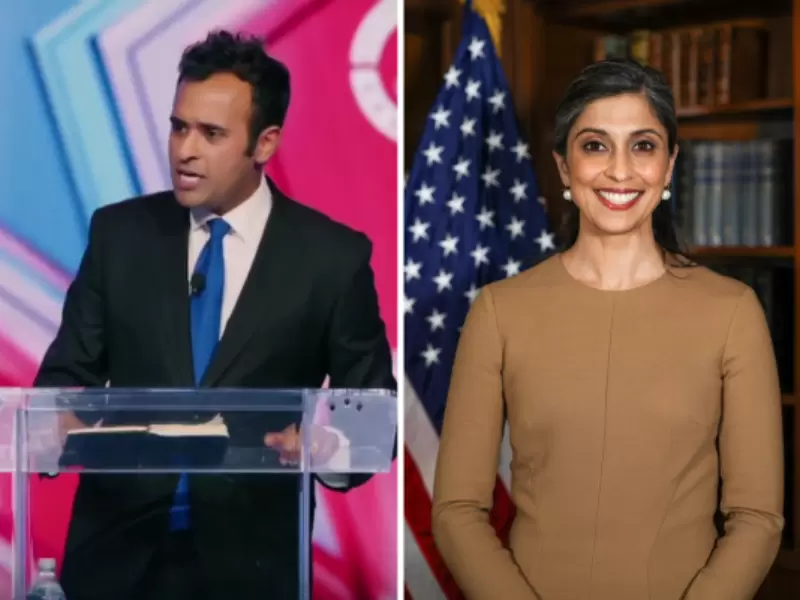
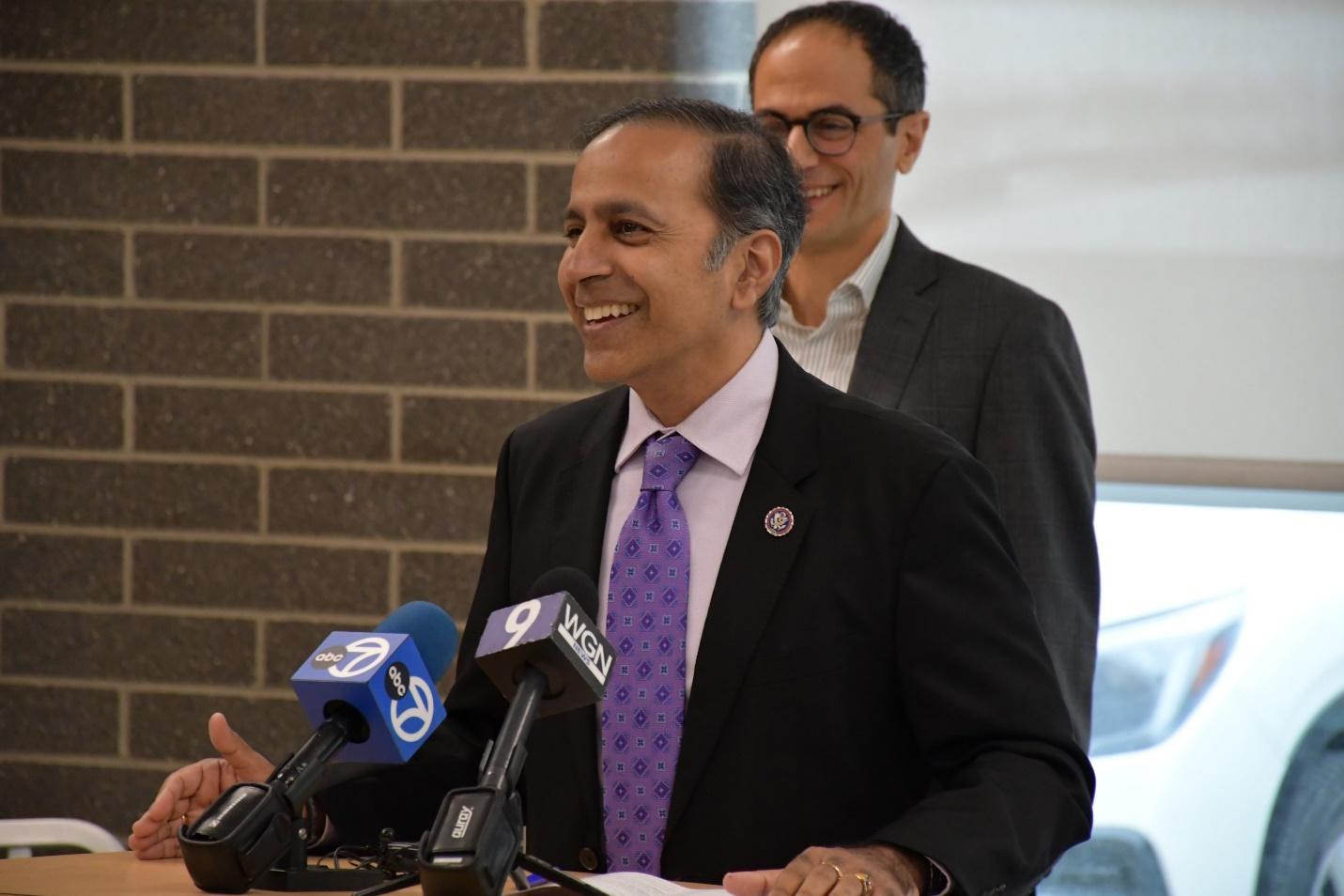

Comments
Start the conversation
Become a member of New India Abroad to start commenting.
Sign Up Now
Already have an account? Login